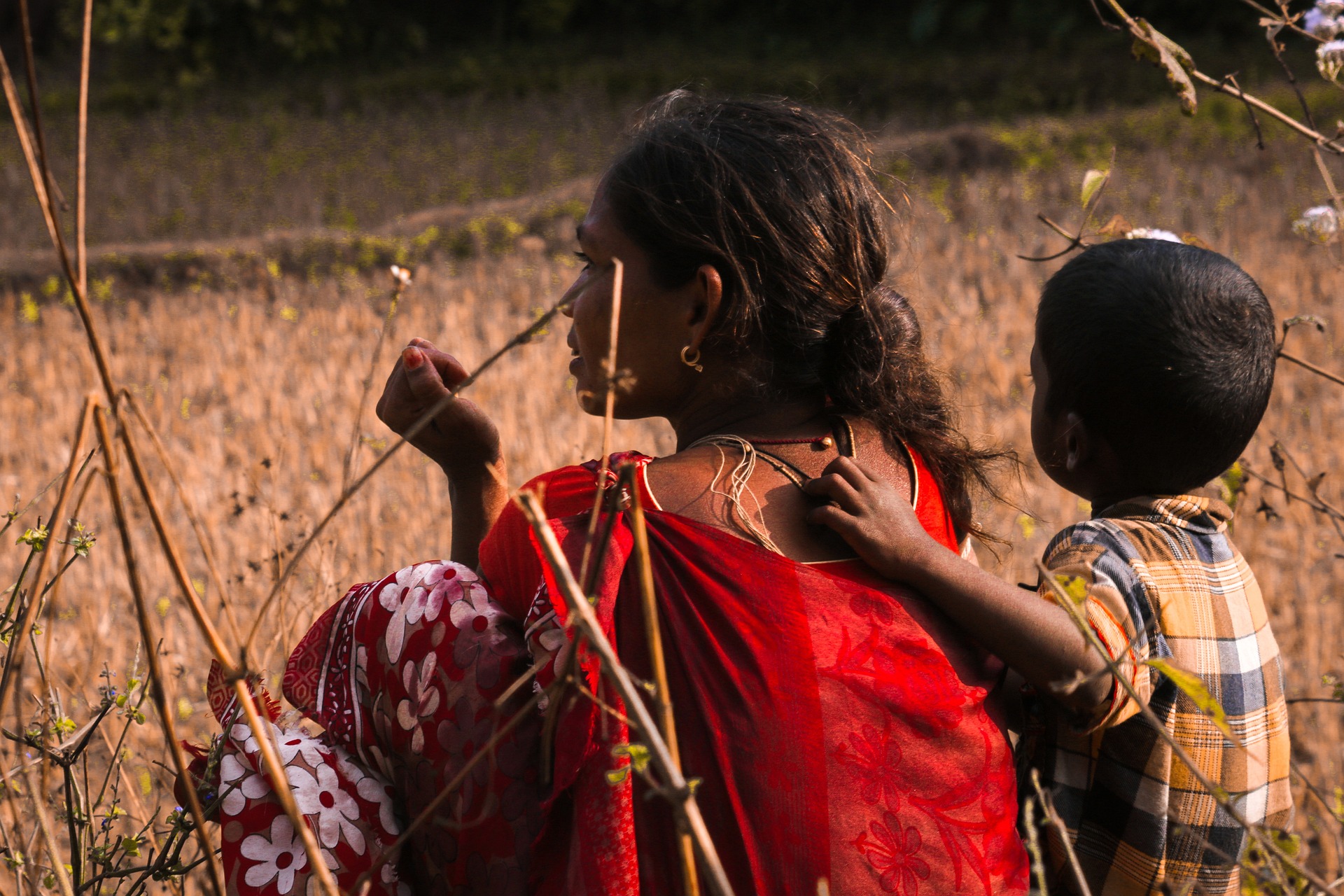
In April 2022, a nutrition test covering 243 households — in Muktikot, a remote village in Bajura of Swamikartik Khapar Rural Municipality — showed that 61 children out of 200 were suffering from severe malnutrition, with 16 suffering from severe malnutrition.
The result however is representative of a small sample size of the Bajura district and could get bigger if a detailed study is carried out.
Bajura, a part of Sudurpashchim province, is one of the poorest districts in Nepal with one of the poorest health indicators.
The Central Bureau of Statistics [now renamed as National Statistics Office] 2019 data shows around 41% of children below 5 in the Sudurpashchim province are stunted. 48% in the Karnali Province. The national average is 32%.
This is happening despite the government's budget allocation for the ‘Integrated Multi-Regional Nutrition Plan’ to eliminate malnutrition by 2025 which has been in implementation since 2012. Whereas in 2017, the government introduced a five-year long second phase of the program amounting to Rs 4.9 billion.
Reportedly, only a small proportion of the allocated budget is spent on addressing the real problem with most of it spent on activities such as orientation, awareness and training.
Poverty, state negligence, ineffective mobilization of malnutrition and poverty alleviation grants and budget, lack of essential physical infrastructure such as medical services and roads and social problems like Chhaupadi are some of the factors that have contributed to the extremely poor health outcomes in the region.
A detailed study covering the entire Karnali and Sudurpashchim Province is another need of the hour as official health records show a relatively better state than the reported realities on the ground.
Read More Stories
Kathmandu’s decay: From glorious past to ominous future
Kathmandu: The legend and the legacy Legend about Kathmandus evolution holds that the...
Kathmandu - A crumbling valley!
Valleys and cities should be young, vibrant, inspiring and full of hopes with...
Understanding federal grants in fiscal federalism
Local budgets are where democracy meets the daily lives of citizensthis is a...